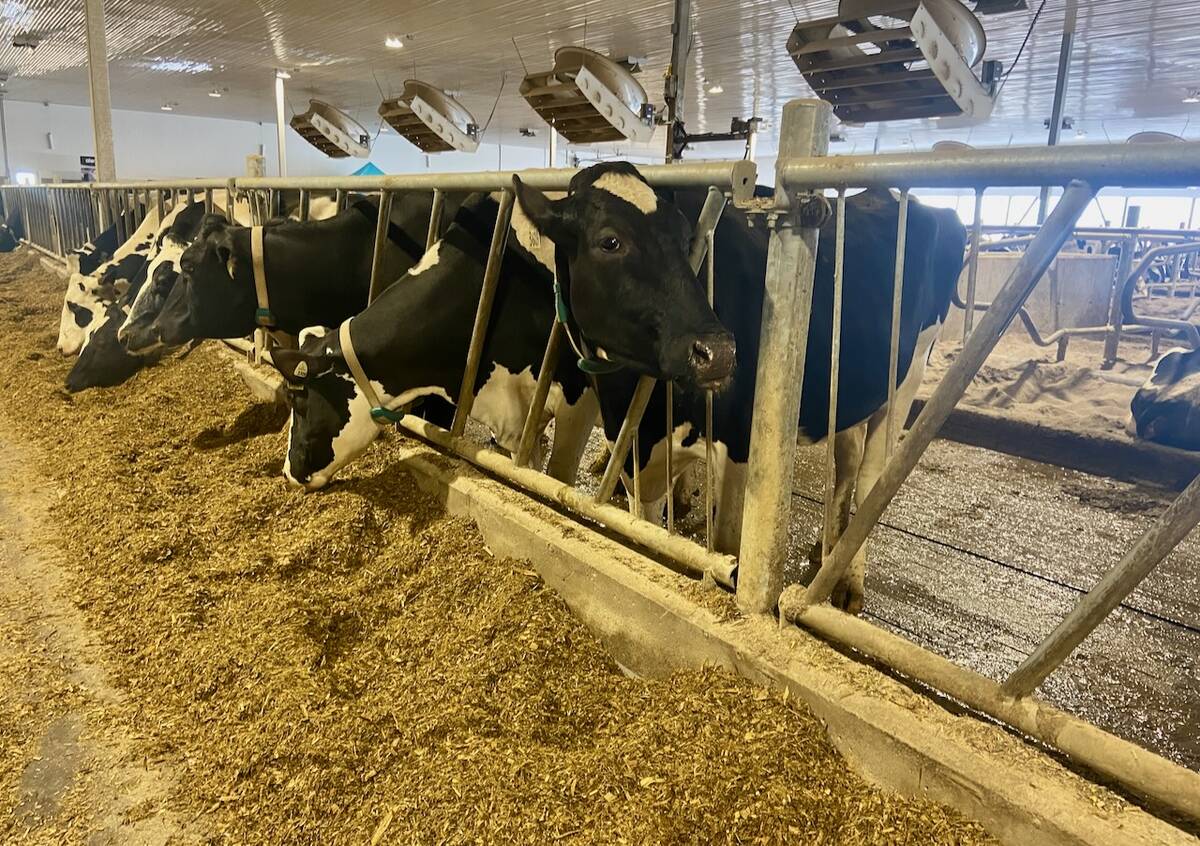Targeted for 2017 | Flax Council of Canada hopes glyphosate tolerance will improve performance
Tremendous strides have been made in the development of herbicide tolerant flax.
“This project is moving very quickly,” said Paul Dribnenki, senior project manager for the Flax Council of Canada’s glyphosate tolerant flax project.
“We’re going to actually have a shoot and a plant this year that’s glyphosate tolerant, and breeders will have seed next year.”
Cibus is developing the trait using its patented Rapid Trait Development System, which will result in a non-genetically modified line of herbicide tolerant flax that should be commercially available to producers by 2017.
Read Also

U.S. farm group supports supply management
U.S. grassroots farm advocacy group pushing new agriculture legislation that would move towards supply management like Canada has for dairy industry
Dribnenki said herbicide tolerant flax would go a long way toward addressing the crop’s dismal agronomic performance. Researchers believe the trait will increase yields by 10 to 25 percent.
“That would take between 28 and 70 years for conventional breeding to arrive at that yield increase. That’s how significant that is,” he said.
To further put it in perspective, the top performing new flax variety supported for registration last year delivers five percent better yields than CDC Bethune, a variety registered 14 years ago.
Twenty years as a flax breeder gave Dribnenki plenty of first-hand experience with how bad weed pressure can be in flax crops.
“One of the biggest problems we had was weed control. We used to spray about six or seven times in our nursery, believe it or not,” he told growers attending the flax portion of Crop Production Week.
He still had to hire 25 Hutterite women to conduct the final weeding.
Glyphosate is already registered for pre-harvest perennial weed control for flax, so the product will require only a label extension rather than an entire registration package.
The flax council initiated the Plant with Novel Traits process in the last quarter of 2012 in attempt to get regulatory approval to grow the crop in 2015 or 2016.
Seed from the first plant will be harvested by the end of 2013. Glyphosate will be sprayed on greenhouse plants grown from that seed in early 2014 to confirm the trait works.
The plan is that breeders will be supplied with confirmed glyphosate tolerant flax seed by mid-May 2014 so they can conduct the first pre-co-op confined tests that year.
That will be followed by two-years of co-op testing and pedigreed seed multiplication.
Variety registration is expected in February 2017, followed by an anticipated 250,000 acres of commercial production that spring and double that in 2018.
Dribnenki said in addition to higher yielding crops, there should also be less dockage with glyphosate tolerant flax, reduced damage from glyphosate drift and cleaner straw for processing.
One of the big disadvantages is it could encourage the development of glyphosate resistant weeds such as kochia, which is why the industry plans to develop a stewardship plan that will include recommendations such as sticking to crop rotations and switching up herbicides.
Dribnenki expects herbicide tolerant flax to substantially boost acreage, which could significantly change the outlook for the crop when combined with stronger prices expected because of omega 3 health benefits.
“You can see how it could become a very interesting crop, maybe the next Cinderella crop for Saskatchewan producers,” he said.
One grower questioned whether herbicide tolerant flax is just going to result in another hard-to-control weed on his farm.
Dribnenki said growers will always have the freedom to grow non-herbicide tolerant varieties.
“It’s another option. It’s not an obligation,” he said.















